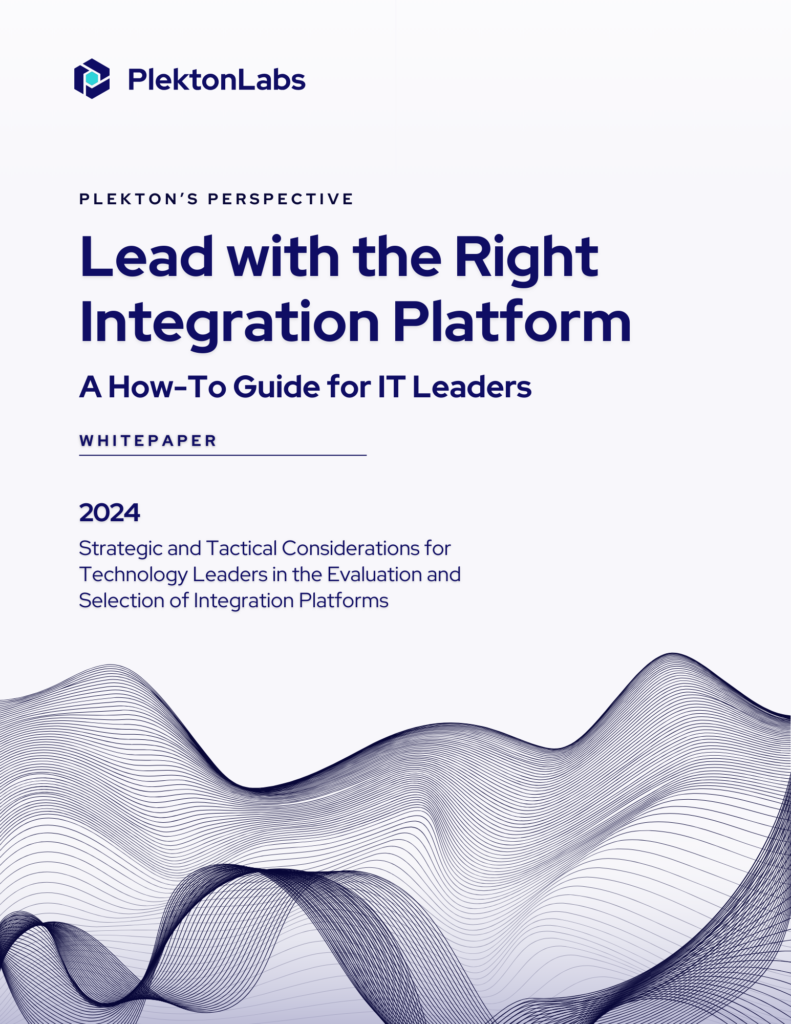Modernizing your business’s IT legacy systems may seem like a huge step, but it’s something that has to be done periodically. Most business and IT leaders actually look forward to implementing new software and processes, integrating systems, upgrading to the Cloud, or using APIs. In fact, 92% of the organizations say that failure to digitally transform will negatively impact their revenue.
But what about getting rid of older systems altogether? A major roadblock in any digital transformation strategy is the persistence of legacy systems and architecture. Those in management often have trouble knowing what to do with them and just leave them alone, hoping for the best.
The truth is, modernizing legacy systems isn’t an impossible feat. This article will look at the problems that arise from leaving legacy systems to fester, and modernizing them in the easiest way possible.
Legacy Systems and the Problems They Cause
A legacy system is used to define outdated computer systems, hardware/software, or programming languages that are used instead of newer versions available. While these systems meet certain needs, the issue arises because legacy systems don’t have any room for growth or improvement.
Moreover, they do not help the company manage any new problems that may arise. They won’t be able to interact with or respond to upgraded systems either. While cloud computing and integration help businesses keep up with the demands of the day, legacy systems end up creating more issues for an organization.
Keeping an outdated system around can create several problems for a business. These issues can cause serious damage to an organization in the long run, which makes keeping the legacy system more trouble than what they are worth.
Here are some of the problems that arise from such systems:
| High Maintenance Costs | Legacy systems are pretty expensive to maintain. This is money the business can spend on innovation. Also, since legacy systems eventually become obsolete, it is a complete waste of money. |
| Security Risks | In IT security, continuous changes are made to neutralize the latest threats. Because outdated systems can not upgrade or innovate, they cannot meet newer threats, so your data is vulnerable. |
| Compatibility Issues | Older systems generally support file and data formats to a certain point, and in a few years, those formats develop beyond whatever the legacy system can handle. Your system may not be compatible with those of your vendors or business partners. |
| Integration Problems | As a company grows, it will need to add new systems to stay relevant in a competitive industry. But legacy systems with outdated software won’t be able to interact with a newer system. Businesses that use legacy systems will be unable to access the benefits of these newer systems. |
Simplifying the Modernization of Legacy Systems
A few steps will make the process of modernizing your legacy systems much easier:
Not all legacy systems are old or outdated. Because of this, you need to evaluate all your existing systems to identify any present-day and future issues they might create. You will need to go over all features of the legacy system with a fine-tooth comb so that nothing clashes with potential business plans for growth and innovation.
But even if you have a new shiny system up and running, you will still need legacy software in some capacity. This means you shouldn’t cut it out entirely. Record and archive your solutions so you have convenient access to them when needed. This means that you need a schedule for gradually retiring your legacy system, as well as a support network for it.
There are many different approaches, tools, and products to modernization. So, according to the preliminary assessment conducted, you should select a modernization approach that suits your needs best and delivers quick results.
After working with the old systems for a long time, it is normal for IT employees to need time and training to get used to a newer system. You will need to invest in staff training for improved performance and efficiency.
Lastly, these systems often fail at ideal performance because they have a very complicated structure. During the modernization of your system, keep the architecture and functionality as simple as possible. Begin by employing only the most important features and use a microservice architecture approach to make your product more scalable.
Also, ensure the newly released application will mesh with the other products or tools used in your organization. You must also plan for frequent system updates so you don’t run into another modernization crisis.
Conclusion
Businesses are often reluctant to retire their legacy system because they are unwilling to invest in upgraded systems, and they think the process of modernizing them is too difficult and complicated. There is also the latent fear of change and something new. But using these steps, modernizing legacy systems becomes much easier. Your IT department will find it easier to integrate applications and participate in the process of digital transformation. And your business will reap the benefits over time.




